Benefits of a real Christmas tree versus an artificial tree
Every year we're faced with the decision of whether to buy a traditional, fresh, real Christmas tree or one manufactured from plastic and metal on the other side of the world. Numerous articles, websites and newspapers have commentated on the pros and cons of each, but the reliability of information can sometimes be patchy at best.
As a Christmas tree grower in Staffordshire just outside the beautiful Peak District we thought we'd set the record straight by covering the key factors to consider when making the choice. We hope this will help you to conclude that the best and most natural choice has and will always be a real tree at Christmas.
Benefits of a Real Christmas Tree
Family Experience
- A trip out to the garden centre to choose your own real Christmas tree followed by the fun of decorating your tree back at the house offers an enjoyable family experience. There is no better way of relieving holiday season stress! Each real tree has its own unique features and finding your own "perfect" tree is all part of the fun.
- If you have a young family why not have the kids make paper mache baubles which you can keep and remember as they grow up. Another similar ideas is to buy a root balled tree for your child's first Christmas then plant it outdoors after the festive season. If the tree survives (60% success rate) you'll have a lasting memory and can treasure your first tree which will grow with them even after they've flown the nest.
- The first artificial Christmas trees were made in the 1930s by a company called Addis Brush which was a manufacturer of toilet scrubbers and brushes, which unfortunately doesn't make for quite as nice a lasting memory of early family Christmases together.
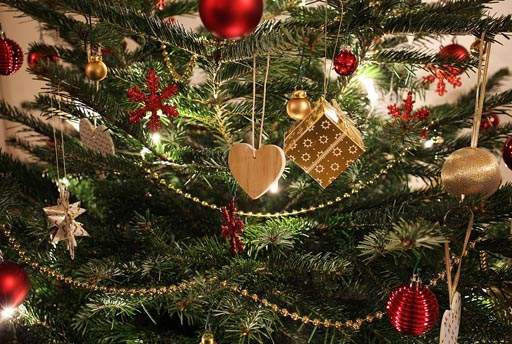
Appearance and Fragrance
- Real Christmas trees look natural and continue the Christmas tradition that has been running since pagan times. In contrast, artificial trees can look phoney and synthetic and if may be accused of being a bit pathetic if you get the price point wrong.
- The traditional coniferous Christmas tree fragrance of a real tree can't be matched by anything artificial. Over the years, the Christmas tree has come to symbolise the faith and hope of harmony among all mankind. This spirit is real and a real Christmas tree, when brought inside our homes, projects this feeling through its pleasant scent and natural warm beauty.
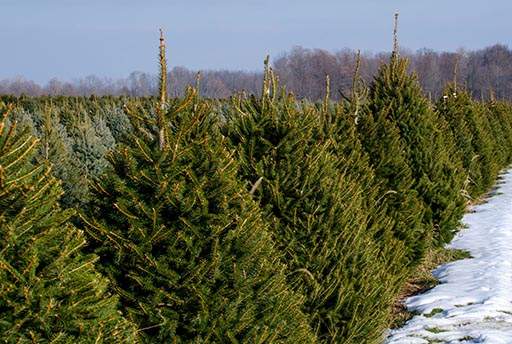
Safety
- Artificial trees are made with harmful chemicals such as metal and polyvinyl chloride (PVC). PVC is a non-biodegradable, petroleum-based plastic which produces carcinogens like dioxin, ethylene dichloride and vinyl chloride in the manufacturing process.
- PVC continues to gradually release dioxins over time. These are the most toxic man-made chemical known. When they’re released into the air or water, they’re stored in our fatty tissue, making them the leading cause of cancer, as well as neurological damage and other serious health issues. It's no surprise that PVC has been boycotted by environmental and health groups.
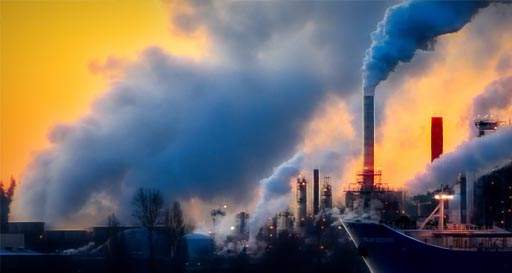
- Lead is used in the process of making PVC plastic. Older trees have often been found to contain unsafe lead levels and newer artificial trees can still sport lead levels that are a legitimate concern. Lead exposure can wreak havoc with the nervous system, kidneys and other key organs. Naturally, all health authorities encouraging families to give their children a lead-free environment. Young children of under 6 years are most at risk because they tend to put their hands, which may be contaminated with lead dust, into their mouths and have more fragile immune systems. We think this alone is a good enough reason to pass over an artificial tree in favour of a real one.
- Artificial Christmas trees, especially cheap ones, have been shown to be very flammable and burn to produce fumes that are extremely harmful to you and your family. Several tests have been done in the past with scary outcomes. Fake trees flame up like they're doused in petrol, which should not be too surprising given PVC is made from a petroleum-based product.
Environmental Benefits
- Real trees are much better for the environment. They are essential to complex ecosystems that provide refuge for wildlife, protect water supplies and stabilise the soil. They're at the heart of scenic green belt countryside that's increasingly under threat due to housing shortages and population density, particularly in urban parts of the UK.
- A single Christmas tree can absorb up to 1 ton of carbon dioxide over its life time, with one acre providing enough oxygen for 18 people every day. More Christmas trees being grown at any one time means more much-needed clean area being produced from our Christmas tree forests, preventing the earth-warming "greenhouse effect".
- Like virtually all growers, we replace every tree we cut with a newly planted sapling each year. In this way, harvesting a Christmas tree is no more damaging to the environment that harvesting an ear of corn.
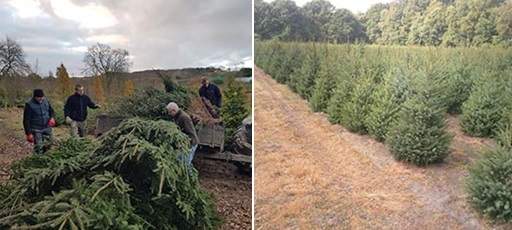
Christmas tree environmental benefits
- 85% of artificial Christmas trees are manufactured in China. So whilst the average tree is manufactured from plastic (oil) which accounts for two-thirds of its carbon footprint, transporting the artificial trees over to the UK burns even more fossil fuels, releasing more C02 into the atmosphere and further contributing to global warming.
- Whilst most real Christmas trees are supplied cut and no longer truly living things, after Christmas they are fully biodegradable. They will decompose and return their nutrients to the ground that nurtured them. In contrast, because the plastic fibres of artificial trees are glued to a metal frame they cannot be recycled, so after their average useful life of 8 years they'll then lie clogging up landfill sites. They will not disintegrate, but will remain there forever, taking up increasingly scarce landfill space.
- Christmas tree growers use pesticides to keep their trees healthy from bugs, fungi and parasites until harvest time. Herbicides are used to suppress not kill off weeds to prevent soil erosion. They are applied to the ground not your tree so any suggestion that there are chemicals on your cut Christmas trees is simply not true.
Cost and Space
- Artificial Christmas tree retailers often tout cost as being a key reason to leave real trees out in the cold and dust off the artificial tree each year. However, in practice artificial trees last an average of 8 years if several branches haven't been broken irreparably having been shoved into the attic year after year before then.
- You'll need to spent at least £200 to get a half-decent artificial Christmas tree. At that price, there is very little difference in cost between a real and artificial tree.
- Another consideration is storage space. The branches of artificial trees normally pull out or fold in, but nevertheless you're going to need a hefty bit of storage for an artificial Christmas tree to prevent it from getting in the way for the rest of the year. Whilst large attics or lofts can fit the bill, often in smaller homes and flats artificial trees can become a real nuisance for the 11 months of the year when they're not on show. In contrast, real trees can normally be collected by your local authority or recycled and decompose to add nutrients back to the soil.
Economic Factors
- Real Christmas trees support farmers in putting land to use that would otherwise lie fallow. In fact, Christmas trees are able to grow on soils unable to support fussier crops. According to the National Christmas Tree Association, jobs associated with Christmas tree growing and harvesting employ 100,000 worldwide each year.
- Artificial trees manufactured abroad then flown to the UK have an inordinate carbon footprint and support far-flung economies rather than our own with no advantage to the home economy. Working conditions in China where most artificial trees are produced remain poor.
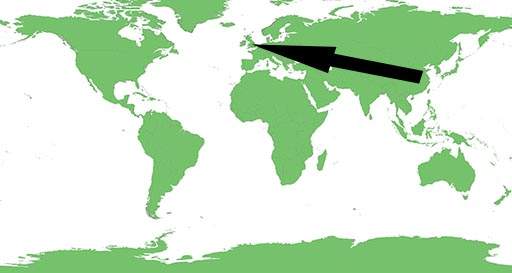
Overcoming the Drawbacks of Real Christmas trees
Dropped Needles
- To minimise the number of needles that fall from your tree that require tidying up, choose a low needle drop Nordmann Fir and install your tree in the home no earlier than the first weekend in December. Following the tips in our Christmas tree care advice article such as keeping your tree away from radiators and open fires and refilling the water in your Christmas tree stand regularly should mean clearing of needles becomes a quick and painless process required no more than once or twice a week.
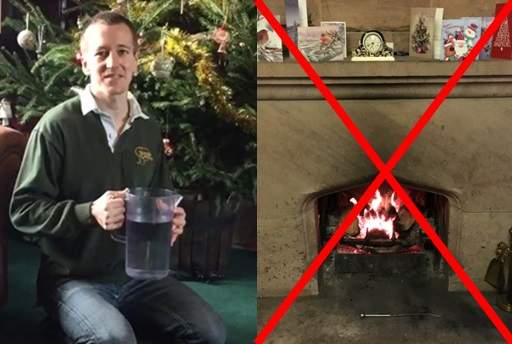
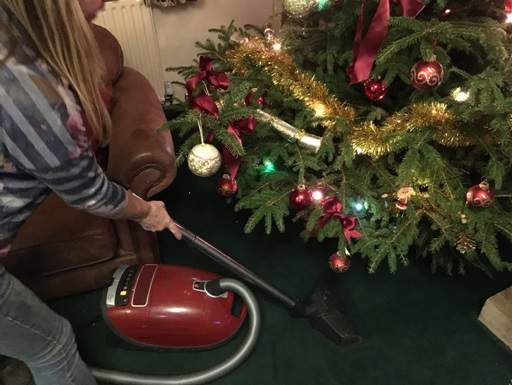
Real Christmas tree Importers
- Some garden centres just buy-in their Christmas trees rather than growing their own, sometimes transporting them in from hundreds of miles away, which can call into question the benefits of the economic footprint of a real tree. In reality, artificial trees are almost always imported in from countries such as China; its unheard of for real trees to be imported from that far afield. We grow and harvest our own Christmas trees before selling them fresh on our Staffordshire garden centre and on our website, so you have nothing to worry about!
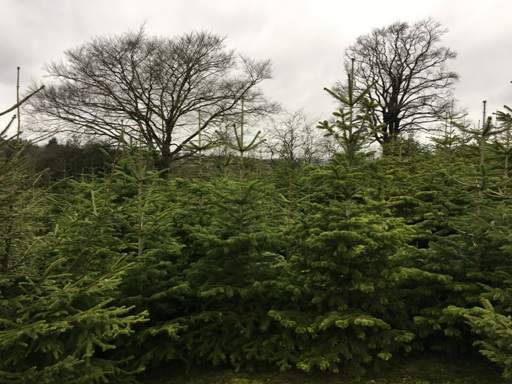
- For some people going out to buy a tree and bringing it back into the home can be a burden, especially if the weather is cold and roads icy. If you're comfy in your armchair by the fire at home and don't fancy braving the freezing temperatures outdoors, ordering your Christmas tree online for delivery to anywhere in the UK on a date of your choosing is worth considering.
- At Jackson's Nurseries we have an excellent range of trees including the low needle drop Nordmann Fir, traditional Norway Spruce, Serbian Spruce and table-top Alberto White Spruce. We are more than happy for you to put specific requirements (e.g. bushy or broad base) in the notes to your order so we can pick the perfect tree for you. We put together a guide on different types of real Christmas trees to help you choose.
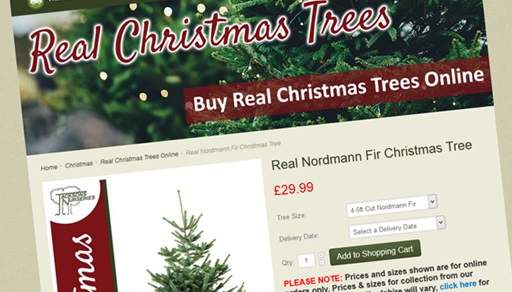
Tree Allergies
- Having a Christmas tree in the home can be uncomfortable for people suffering from tree-related allergies. These are quite rare but are a key consideration particularly for those sensitive to the tiny dust spores that can be found in branches and foliage. In reality, an artificial tree is just as liable to gather dust as a real one, so there's not much difference there. Other Christmas-tree related allergies requiring consideration are tree sap, pollen (scattered in the air over autumn) and terpenes which is the compound that gives pine trees their distinctive coniferous scent.
Recycling your real Christmas tree
- Over 90% of the 33 million real Christmas trees sold each year are recycled through one of a number of channels.
- Before disposing of a rootballed tree, first think about whether you could plant it out into the garden. Whilst there is no guarantee, we find trees that have been well cared for in the home stand a good chance.
- Make sure you choose a suitable location for the eventual height/spread of the tree and water well after planting, bearing in mind that some types of Christmas tree can reach a height of 15-20 metres (50-65 feet) within 20 years. Virtually all trees like a sheltered area out of the wind whilst young but a spot with lots of sunlight is also key.
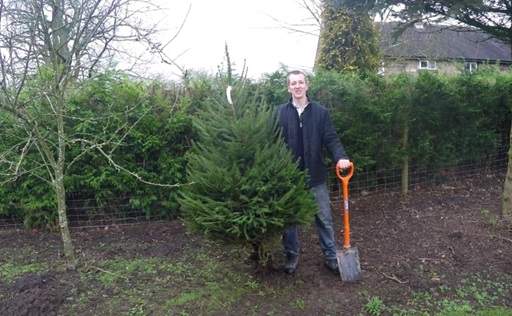
- If this is not an option, or if you have a cut tree, they can sometimes be disposed of as garden waste, but check with your local council. Some areas may also have tree collection programmes, but these are reasonably limited.
- If you have space in your garden, leave your tree there until March/April when it can be chipped into garden mulch. Another option is to dispose of your tree in a large pond or lake, where it will provide a wealth of hiding places for fish and water creatures - but ask permission first.
- Alternatively, prop up your Christmas tree near a bird feeder as a hiding place and playground for small birds such as finches and robins. If you string your tree with slices of cranberry, orange, bread and other types of bird-friendly treats it will make a great haven and feeding ground for birds.
- You can even use the needle-like foliage to stuff small, fragrance pillows to freshen drawers and closets around the home. Just sew scraps of fabric into a ball and fill them with needles from your Christmas tree.
- Avoid burning any part of your Christmas tree in a wood stove or open fireplace as the needles and bark have a tendancy to spit out of the fireplace onto the floor.
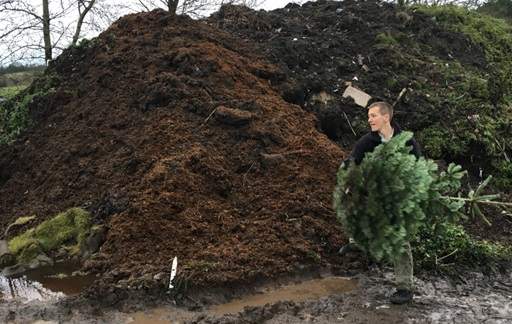
Share this page:

